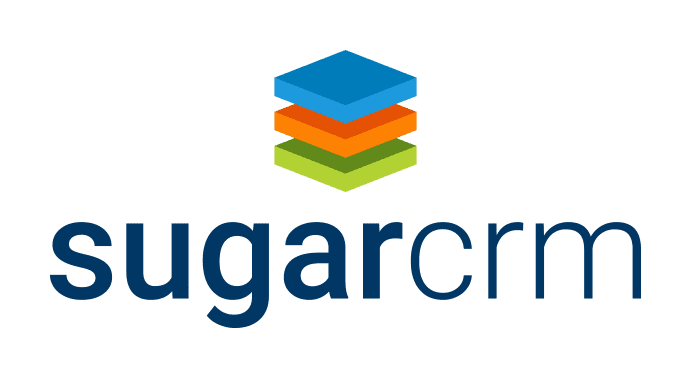It can be hard to convince the C-suite of anything, but to convince the executive level that the business needs a technology upgrade is especially difficult. After all, new tech and processes are expensive and can be considered unnecessary if typical workflows seem sufficient.
Convincing the C-suite that an expensive technology now requires an upgrade will be more challenging because why waste cash flow on something already working, right? This happens despite the many benefits of upgrading, like improving data quality and efficiency.
Get our technology upgrade checklist to see if you’re ready
To garner C-suite support for an technology upgrade, here are two reminders:
- Money is an organization’s lifeblood; your proposal must vividly outline how the upgrade cost will increase revenue for the company
- You could need multiple C-suite executives to buy into an upgrade proposal
How can you convince the C-suite that your business requires a technology upgrade?
Convince Managers First
It goes a long way to convince your business managers first; they are your organization’s backbone.
It’s the company managers who:
…are the individuals who most probably deal with the company’s tech changes firsthand. Garnering their support gives you a leg up in convincing the rest of the executive suite.
…can outline all the pain points that require upgrades or changes by providing you with their KPI operational efficiencies and inefficiencies. And by identifying the problems that are lagging the company’s revenue performance, you garner more support for the technology upgrade.
When nearly everyone in your organization is a stakeholder, it’s not practical to meet with everyone. Meeting with managers prior to company executives is also an opportunity to ensure the purpose and expected benefits are understood before the pitch.
Validate the Upgrade with Comprehensive Data
Once you have outlined your legacy inefficiencies and pain points with managers, more is needed. Data.
You need comprehensive data that validates the tech upgrade.
Step 1:
Work with your IT team to determine how, with the current technology system, your business workflows are still failing despite the legacy solution. Gather as much data as possible:
- Time wasted
- Data gathering / processing lags
- Manual workarounds
- Errors
Identify the areas where continuous troubleshooting is needed and processes that take time to materialize.
Customer satisfaction feedback is a great place to start collecting this data. Figure out whether poor data quality contributes to the said pinpoints as well since if you are taking time to collect and share the correct data set, your work in progress is bound to be affected.
Step 2:
Build a business case for a system upgrade with counter benefits to these pain points. For instance, an upgrade can offer better data quality, which, in turn, enhances your workflow assessment capabilities and the sharing of more accurate data.
This reduces process errors, poor service implementation, and delays in process delivery. Solidify your proposal with a process plan documented in manageable steps. Develop a change management documentation to provide a sense of the effects of the technology upgrade throughout the organizational levels.
Consolidate an ROI Plan of Evidence
Remember, money is crucial in this process. Convince your C-suite executives that this technology upgrade will produce a positive ROI. Start by outlining the upgrade cost.
Based on the needs you identified with your business managers and the IT team, determine the extent of re-implementation, or upgrade you need for your business process to operate optimally. Then, work with your technology vendor to determine the cost of the upgrade (including the consultation or project expert fee).
Learn how to define the your technology project’s scope
Determine the cost of organizational implementation, like training your entire staff and the time-lapse the company suffers from dealing with implementation hurdles. Now, project the expense saved from the increased efficiency and reduced wasted time experienced because of a tech upgrade.
By comparing the costs and the benefits, determine how the upgrade will affect your bottom line over time. Show the ROI forecast in your documentation by week, months, and year-to-year results.
- Pro tip: include any possible risks of an upgrade so that you can devise a vivid mitigation strategy that can ease the concerns of your C-suite executives.
Getting Through the “Buy In” Door
One thing is sure: you need a C-suite buy-in to ensure a successful technology upgrade in your organization. What’s more certain is that convincing the C-suite executives is more complicated than it seems. First, you must prove that the upgrade is worth the interruption and cost, and then ensure the expense will not go to waste.
The benefits of a more efficient technology upgrade are usually worth the effort. By communicating with your managers, validating your proposal with the right yet comprehensive data and outline the best ROI forecast, the doors to the c-suite and new technology can open for you.
FAQs
Is an ERP upgrade necessary?
Yes. Updating your ERP is crucial because it essentially improves your business operations’ efficiency, saving you time and money while simultaneously reducing data errors.
How can I convince my boss that an ERP upgrade is necessary?
Collect as much data as possible to support the need for an upgrade. Ensure your information shows how the upgrade will have a positive ROI.
Why is it harder to convince the C-suite executives?
Because they are the company decision-makers, they must put the company’s interests at the forefront of their decisions.

